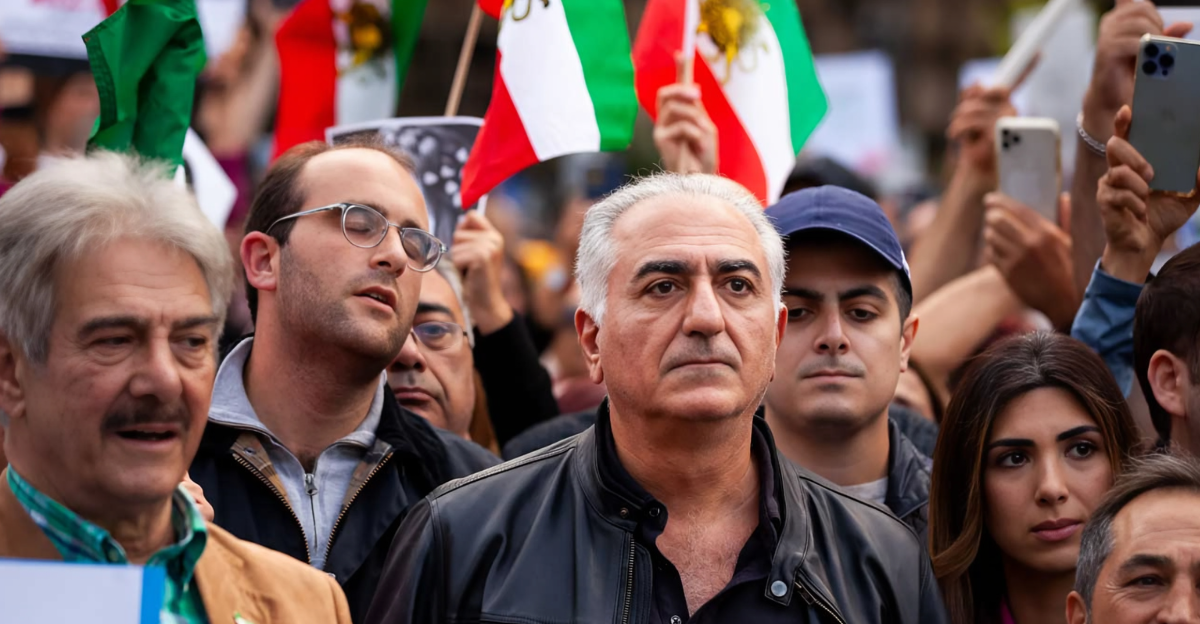
Whether he is right, a huge question can be debated, but Reza Pahlavi, the exiled Crown Prince of Iran and the son of the last Persian Shah has declared that the Islamic Republic is collapsing.
In a recent message, he described the Iranian Supreme Leader, Ayatollah Ali Khamenei, as a “frightened rat” hiding underground, signaling the regime’s loss of control amid escalting tensions with Israel.
Pahlavi’s statement is indicative of the increasing turmoil in Iran, as it faces both internal dissent and external military pressure, marking a historic turning point for the nation’s political landscape.
A Call to Action: Mobilizing the Iranian People
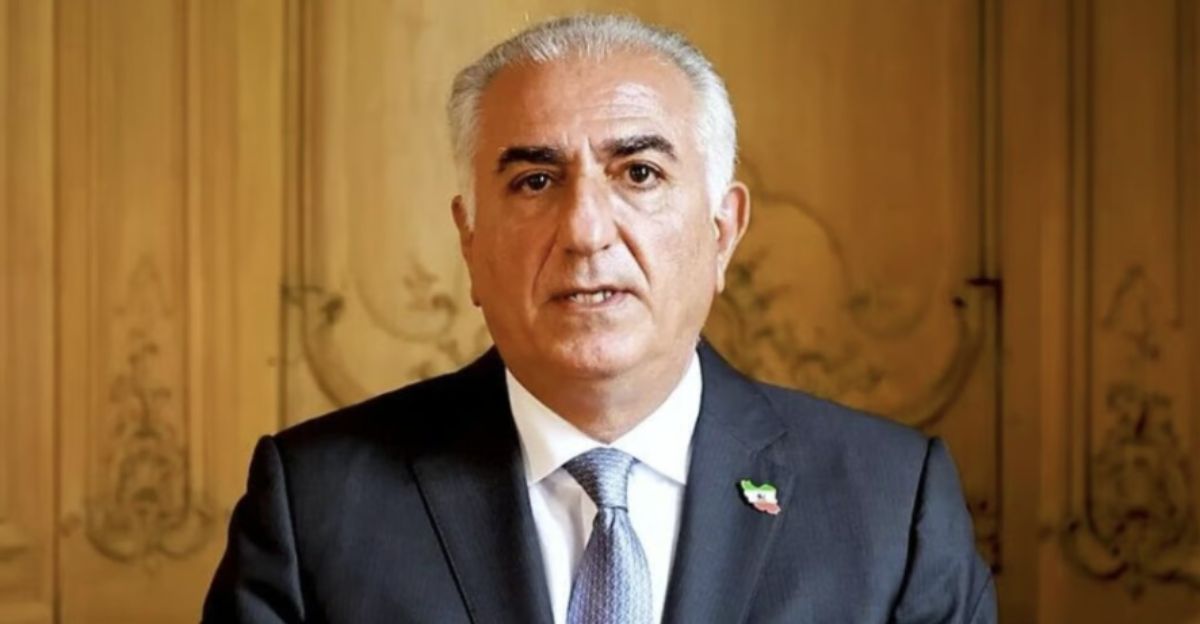
Pahlavi has issued a direct call for Iranians to rise up and reclaim their country. He calls on all citizens, members of the armed forces, law enforcement, and the government to join his campaign to overthrow the current regime.
His message emphasizes unity and collective action, framing the regime’s fall as inevitable, and encouraging people to avoid sacrificing themselves for a decaying government. This is a call to mobilize mass participation in what he envisions as a popular uprising.
The 100-Day Plan: Blueprint for Transition

Central to Pahlavi’s vision is a detailed 100-day plan—a blueprint to form a democratic government following the collapse of the Islamic Republic.
He assures Iranians that the country will not descend into chaos or civil war, highlighting preparations for a smooth transitional period.
This plan is intended to reassure both the people and opposition forces that there is a viable and organized alternative government that is ready to take shape immediately after regime change.
Engaging the Security Forces: A Strategic Appeal

Acknowledging that Iran’s security forces are key, Pahlavi specifically addresses military and police personnel, many of whom have reportedly reached out to him. He calls on these forces not to stand against the people, but to support the transition.
His strategy is based on weakening the regime’s internal power by encouraging defections and solidarity with the democratic movement, thus leading to a quicker collapse of the regime.
International Support and Regional Dynamics
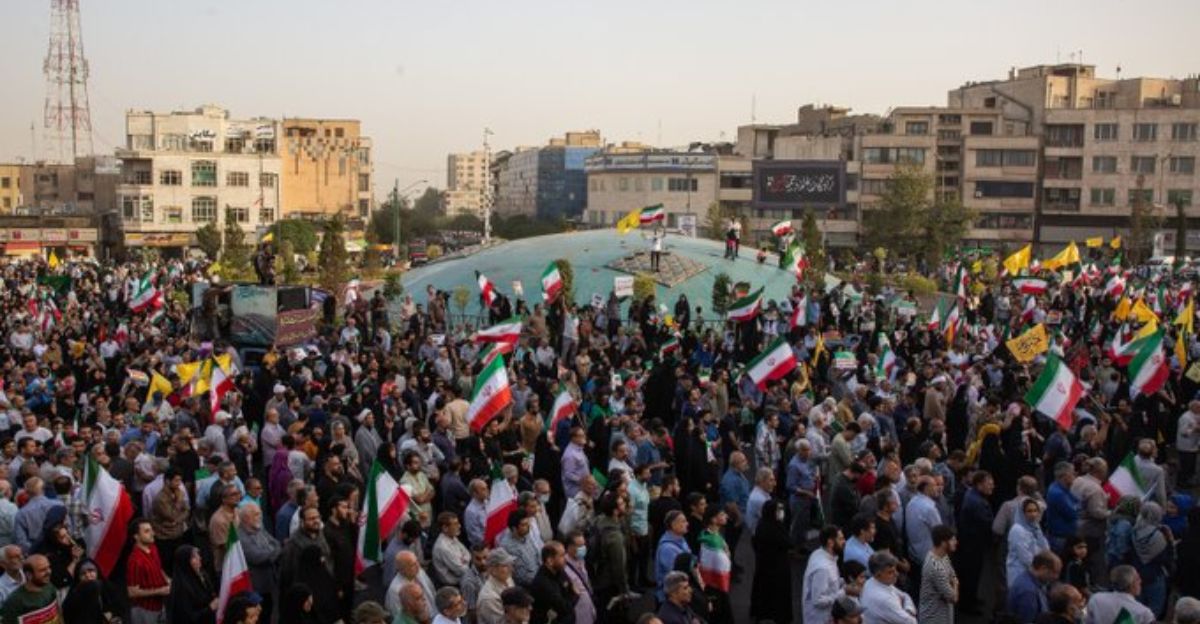
Pahlavi calls on the international community, especially Western nations, to support the Iranian opposition. He advocates for a combination of military and practical assistance, including better internet access and communication tools provided to protestors.
His alignment with Western strategic interests, especially Israel’s stance against Iran’s nuclear ambitions, underscores the geopolitical complexity surrounding Iran’s future.
Historical Legacy and Symbolism

As the son of Iran’s last Shah, Pahlavi carries the symbolic weight of a bygone monarchy. While he does not explicitly seek to restore the monarchy, he positions himself as a unifying figure capable of leading Iran through a democratic transition.
His image evokes memories of Iran’s pre-revolutionary era and serves as a rallying point for opposition groups seeking an alternative to the curent regime.
Vision for a Democratic and Secular Iran

Pahlavi, however, hopes that one day a democratic and secular Iran will emerge. He has outlined three core principles for governance after the transition: focusing on national unity, and forming a government by and for the people of Iran.
This vision is in stark contrast to the present theocratic regime and aims to inspre hope for a more inclusive and representative political system.
Overcoming Fragmentation in the Opposition

Pahlavi’s work is cut out for him: He must unite the fractured Iranian opposition. Despite widespread desire for change, the lack of a single credible leader has hindered effective resistance.
Pahlavi’s attempts to present himself as that leader includes comprehensive plans for transition and outreach to diverse opposition factions, aiming to consolidate support for a cohesive movement against the regime.
The Role of External Pressure and Sanctions
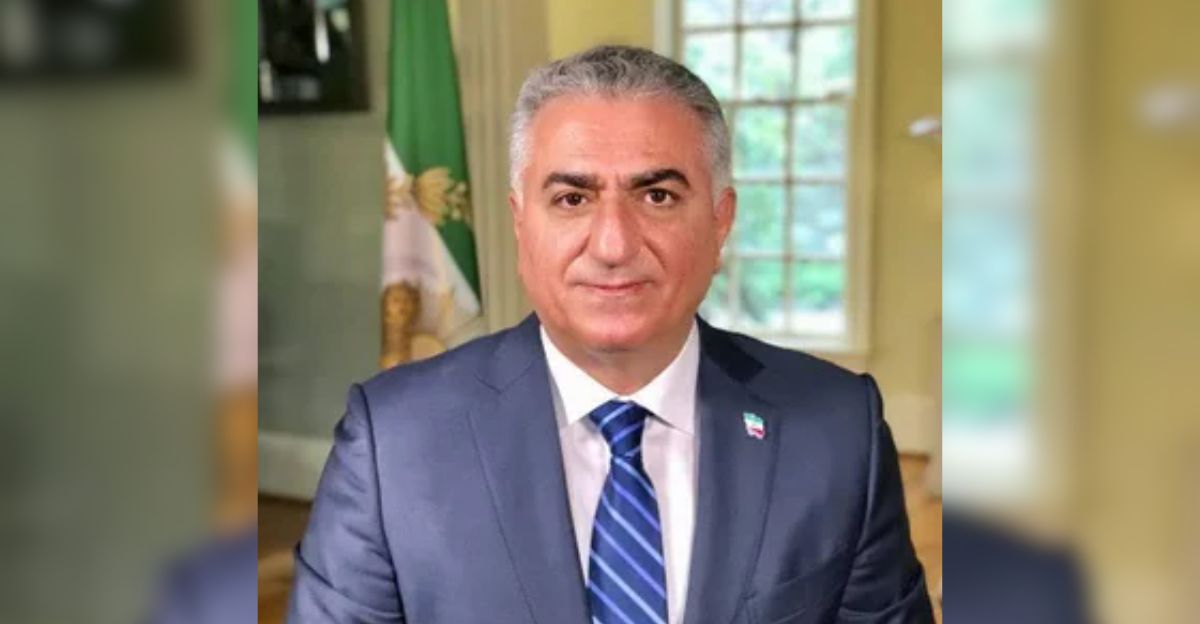
Pahlavi advocates for a strategy combining internal resistance with external pressure, such as sanctions and diplomatic isolation of the regime.
He believes that dismantling the regime’s apparatus of terror requires both grassroots action as well as international cooperation. His approach emphasizes the necessity of a multifaceted campaign to bring about regime change in Iran.
A New Chapter for Iran and the Region
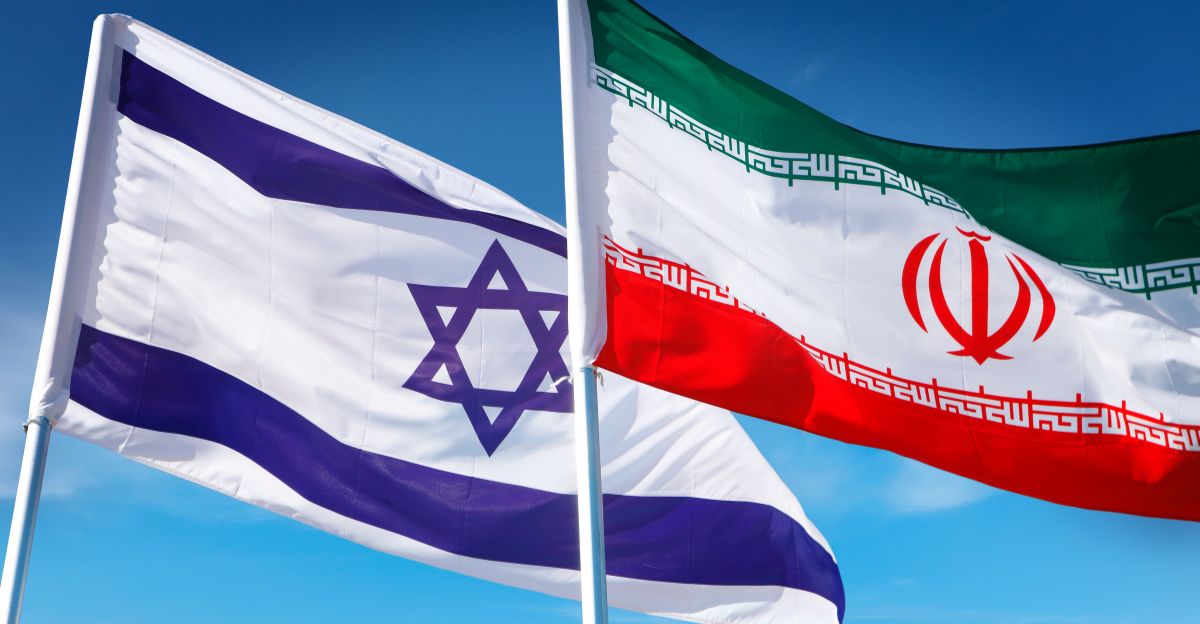
Pahlavi’s vision does not stop at the border of Iran; rather, it goes into the dream of a restored friendship of Persian and Jewish people, symbolized by his family’s personal ties.
He hopes that a democratic Iran will contribute to regional stability and prosperity, moving away from decades of hostility.
His vision for regime change and democratic transition is a pivotal moment with potential implications for the future of the Middle East.






